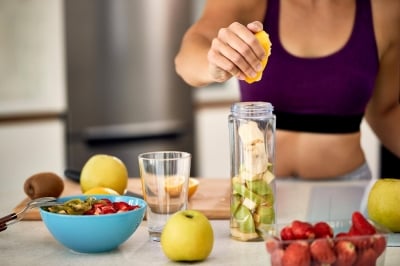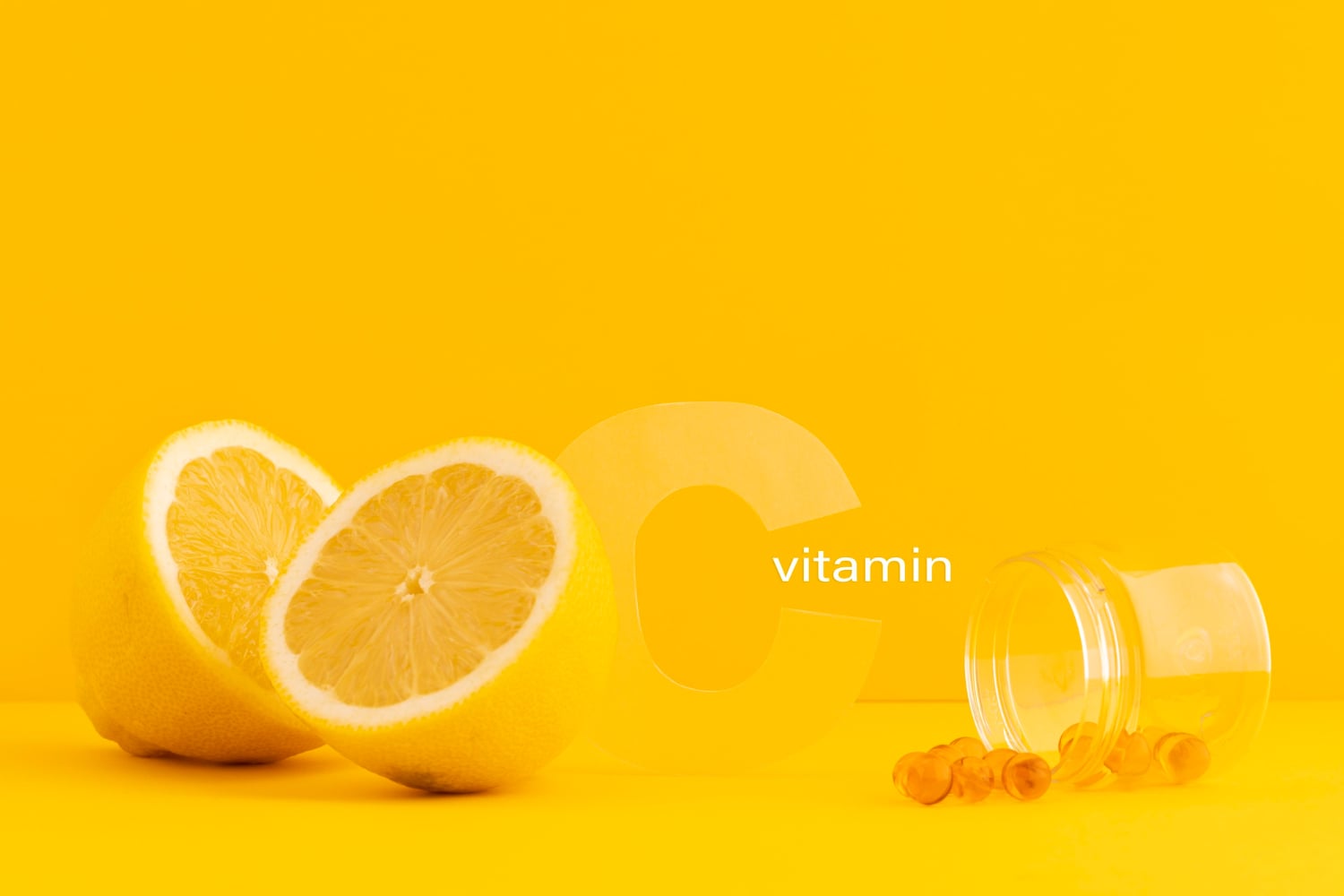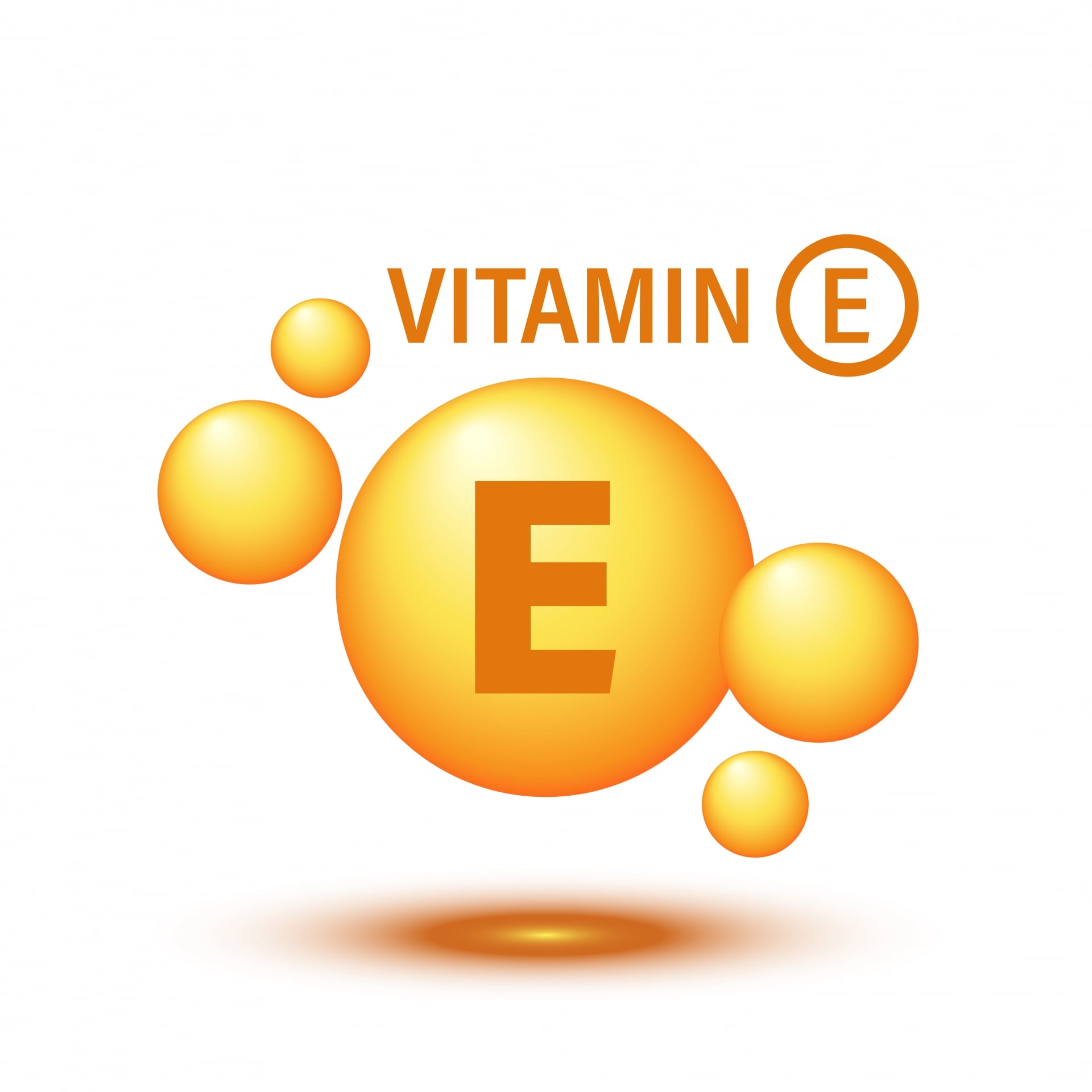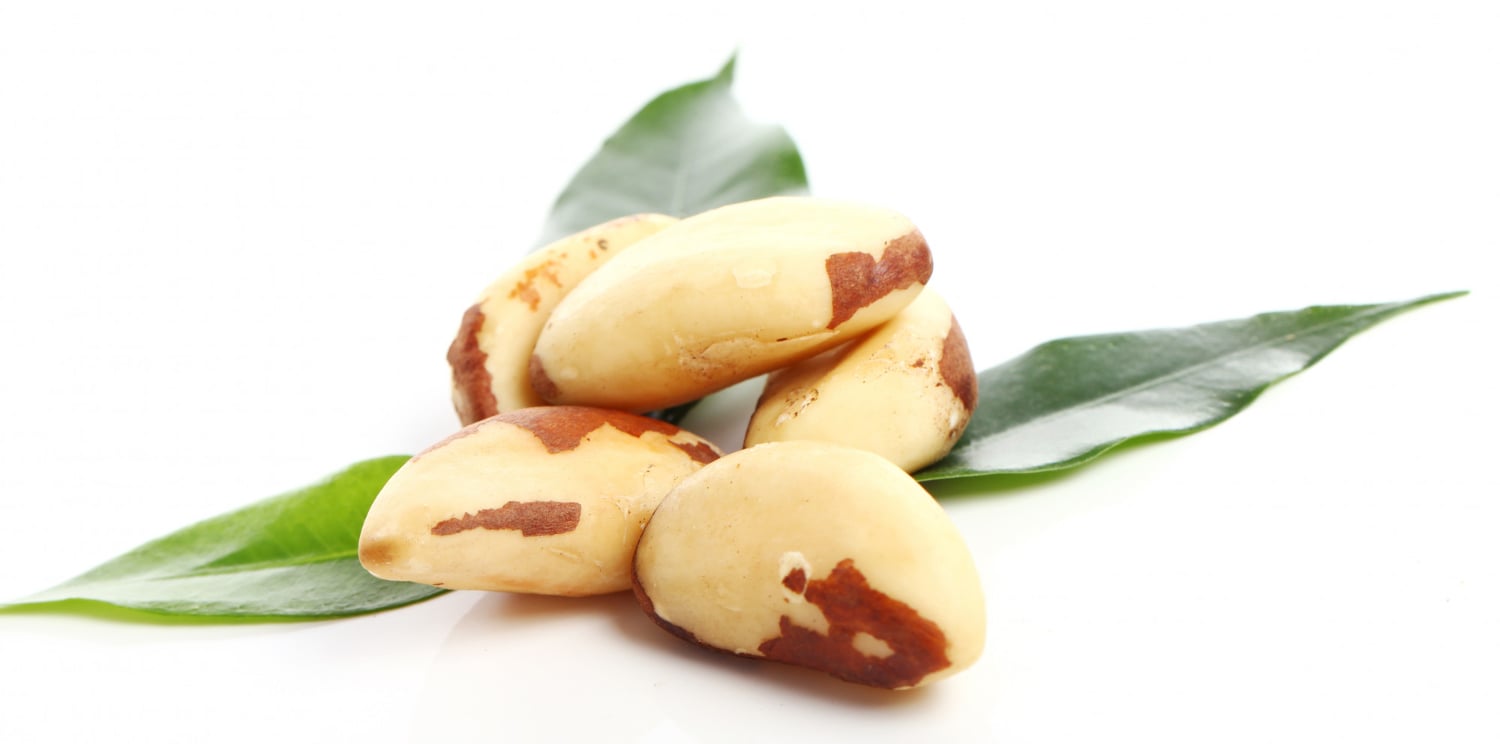What Antioxidants Should an Athlete Choose? A Guide to Optimizing Performance and Recovery


Antioxidants have become buzzwords in the world of nutrition and health, and for a good reason.
These miraculous compounds neutralize harmful free radicals in the body, reducing oxidative stress and its associated risks.
For athletes, who put their bodies through rigorous physical activity, the balance between free radicals and antioxidants becomes even more crucial.
Exercise is a double-edged sword: it can both produce and reduce oxidative stress.
So, what antioxidants should athletes incorporate into their diet to optimize their performance and recovery?
Let's delve in.
Vitamin C

Why it matters: Vitamin C is a powerful antioxidant that aids in the repair and growth of tissues.
It plays a crucial role in collagen synthesis, making it essential for joint and ligament health, which is especially important for athletes.
Where to find it: Citrus fruits (oranges, grapefruits), strawberries, bell peppers, and tomatoes are rich sources of vitamin C.
Dosage: The recommended daily dose for an average adult is around 65 to 90 milligrams, but athletes can safely go up to 1,000 to 2,000 milligrams per day, particularly after intense workouts.
Vitamin E

Why it matters: Vitamin E is particularly useful for endurance athletes as it protects cell membranes from oxidative damage, aiding in muscle recovery.
Where to find it: Almonds, sunflower seeds, and vegetable oils are good sources.
Dosage: The daily recommended dose is around 15 milligrams for adults, but athletes may opt for a slightly higher dose with medical supervision.
Selenium

Why it matters: Selenium contributes to the regeneration of antioxidants in the body and helps in the detoxification of reactive oxygen species, making it an important element for recovery.
Where to find it: Brazil nuts, fish, turkey, and chicken are rich in selenium.
Dosage: For adults, the recommended daily allowance is 55 micrograms. Athletes should consult with healthcare providers for personalized advice.
Polyphenols

Why it matters: Found in various fruits, vegetables, and beverages like tea and wine, polyphenols can reduce inflammation and improve blood flow, which is vital for athletic performance.
Where to find it: Berries, cherries, grapes, green tea, and dark chocolate are good options.
Dosage: There's no official recommended dose for polyphenols, but a diet rich in fruits and vegetables usually provides a sufficient amount.
Curcumin

Why it matters: Curcumin, the active compound in turmeric, has strong anti-inflammatory and antioxidant properties, making it particularly useful for athletes to aid in recovery.
Where to find it: Turmeric is the primary source.
Dosage: For specific health concerns, a dose of 500 to 2,000 mg of curcumin is generally recommended, although athletes should consult healthcare professionals for individual guidance.
Coenzyme Q10

Why it matters: Often referred to as CoQ10, this antioxidant plays a vital role in energy production and is often recommended for athletes participating in high-intensity sports.
Where to find it: Found in meat, poultry, and fatty fish, as well as in supplement form.
Dosage: Dosage ranges from 100 to 200 mg per day, but consult with a healthcare provider for personalized recommendations.
Considerations and Precautions

- Supplement vs. Natural Sources: Whenever possible, aim to get antioxidants from whole food sources, as they often come with other beneficial nutrients.
- Balance is Key: Taking high doses of a single antioxidant can sometimes cause more harm than good by offsetting the body's natural oxidative balance.
- Consult Healthcare Providers: Always consult a healthcare provider or a registered dietitian before starting any new supplementation, particularly if you're an athlete with specific nutritional needs.
In conclusion, antioxidants are invaluable for athletes, not just for improving performance but also for aiding in quicker and more efficient recovery.
By knowing what antioxidants to prioritize, athletes can take a significant step toward achieving their performance goals.

